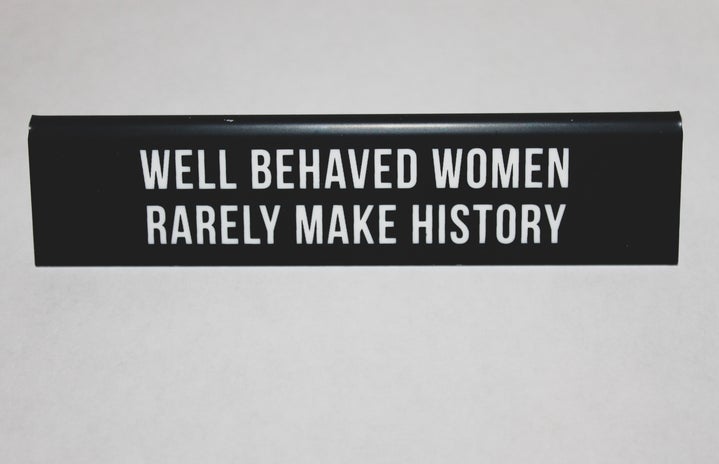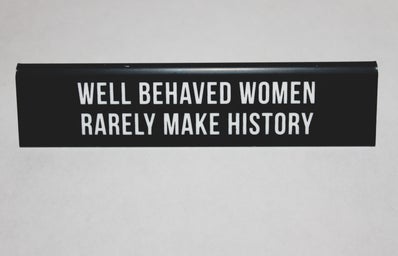As we celebrate International Women’s Day by blasting Beyonce, celebrating female confidence and reveling in all that it means to be a woman, we must also face the hard truth that true equality for women is still far off, especially in the workplace. According to the International Labour Organization (ILO), despite women making definite strides in terms of education, the gains aren’t the same at work.
The ILO’s report, Women at Work: Trends 2016, found that around the world, there’s a huge gap between men and women just in terms of being employed. The global employment-to-population ratio for women was 46 percent in 2015, compared to men’s 72 percent. Another trend found was that women often work more hours than men, both in the paid and unpaid work categories. In developed economies, women work 8 hours and 9 minutes each day in both paid and unpaid work, while men work only 7 hours and 36 minutes. The developing countries saw women working a little more at 9 hours and 20 minutes, compared to men’s usual 8 hours and 7 minutes.
BBC News reports that wage-wise in the United Kingdom, women are still earning 24.6 percent less than what men do in skilled trade. In the U.S., according to Business Insider, the gap ranges from 65 percent to 90 percent, varying from state to state. The gaps are often attributed to women generally working in lower-paying professions and taking more time off for maternity leave—broad, societal differences that we need to think about. And though we often hear things get better with time, it seems as if the gender pay gap doesn’t once people leave the employment office as about 65 percent of people above retirement age (65 years or older) are women who receive no regular pension, and therefore have no financial safety net.
However, ILO has established a plan to make sure that that the gender pay gap can close by 2030. “Achieving gender equality at work, in line with the 2030 Agenda for Sustainable Development, is an essential precondition for realizing sustainable development that leaves no one behind and ensures that the future of work is decent work for all women and men,” said Shauna Olney, Chief of the ILO’s Gender, Equality and Diversity Branch. Let’s hope we can keep talking about the gender pay gap every day, as it affects women globally every day, and not just on women’s designated day of the year.


